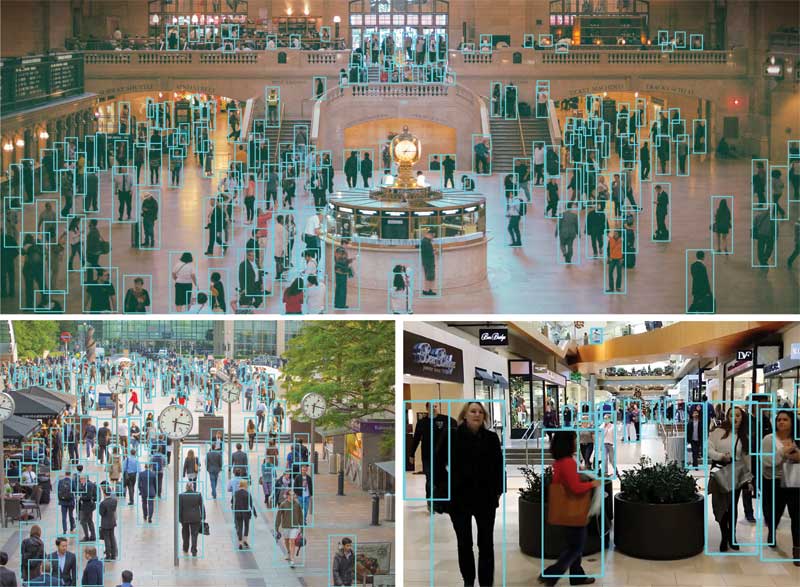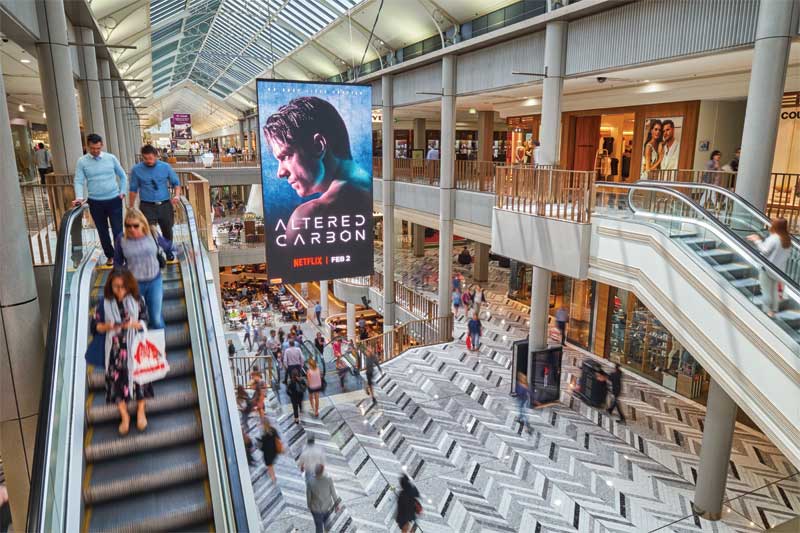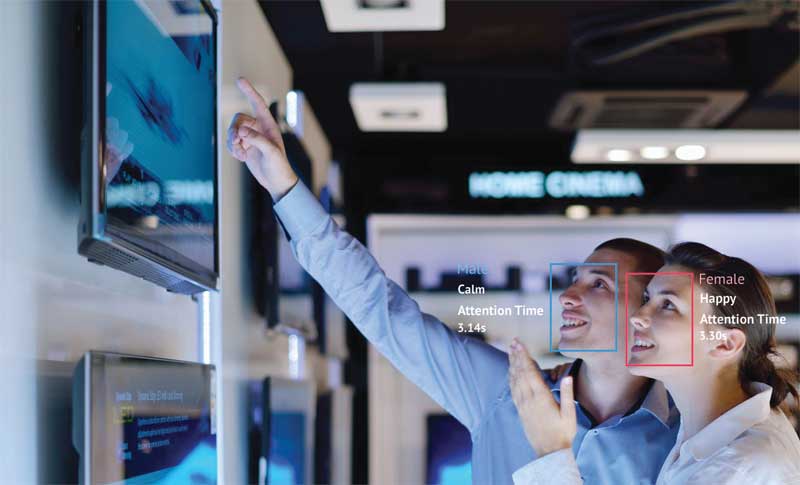The importance of audience measurement
by | 28 August 2018 2:42 pm
By Brice McPheeters and Mike Neel
 [1]
[1]
When speaking to someone they have never met before, people tend to adjust their choice of words, their tone and even their choice of topics based on the perceived mood, level of interest, patience and age of that person. Often, such traits are immediately perceptible, at least to most members of society, and they function as cues to inform how best to proceed with spoken communications.
In other words, people use their senses to measure certain traits in their audience, then tailor their communications based on those measurements. To whom one speaks informs how one speaks.
Today, this human ability to observe and adjust is being recreated through technology and integrated into digital signage platforms. With such examples as camera sensors and facial detection software, digital displays are being equipped with the capability to automatically pick up on people’s cues.
In turn, digital signage operators and, especially, content managers are using the collected information to help adapt their communications efforts, so as to increase the likelihood of successfully engaging with their audience. As such, audience measurement technology has the potential to transform the medium.
First, however, it is important to explore and understand more about what audience measurement technology is, how it can be implemented and why it is important to digital signage.
Moving beyond one-way communications
 [2]
[2]Analytics can be collected for large crowds in busy environments.
The main motivation for measuring certain traits of the audience of digital signage is to measure the medium’s performance, so as to maximize its potential.
At its core, digital signage exists to communicate with an audience, so any assessment of the effectiveness of its performance will naturally be framed by the nature of that audience. For years, however, the ability to grasp who makes up the audience was elusive.
In part, this is because digital signage has almost always been a one-way communication medium, simply displaying content for the audience to look at. If network operators wanted to learn anything about how well their content was performing and who was looking at it, they had to go stand next to one of their displays and take notes firsthand.
Today, on the other hand, when audiences look at a measurement-enabled screen, the network takes these notes on its own. Through the use of sophisticated computer vision algorithms, facial detection hardware and software, and advanced camera sensors, all embedded within the display, an impressive amount of audience data can be gathered.
The characteristics recorded by these technologies can include a viewer’s mood, gender, age and dwell time, among other traits. This information is stored and can be accessed through a dashboard, either in real time or after the fact, and its level of accuracy has become truly remarkable. By gathering demographics-based data, these measurement technologies are able to provide a highly valuable ‘snapshot’ of the audience for digital signage.
In one example, a retail store owner assumed his lunchtime shopping crowd was mostly older women, only for audience measurement data to show the majority of people who looked at his in-store digital displays between 12 and 2 p.m. were younger men. This discovery was immensely valuable, as it helped the owner know better how to target on-screen content.
Increasing technology’s value
 [3]
[3]Audience measurement data can help compare the performance of different ads on the same screen.
 [4]
[4]Facial detection technology is not designed to determine specific individuals’ identities, but rather who they are generally.
The integration of such audience measurement technologies as camera sensors, facial detection hardware and ‘beacons’ into digital displays can be compared to, say, the integration of satellite radios and remote diagnostics systems into vehicles. That is to say, when the ‘smaller’ technology becomes part of the ‘bigger’ technology, it enhances it and increases its value. For digital display manufacturers, this means they can sell their products at slightly higher prices, with the promise of improved performance.
Digital signage, after all, is not useful unless it displays eye-catching and appealing content. No one is impressed or excited by a blank screen!
Thus, to maximize the effectiveness of digital signage is to optimize its content to deliver the strongest impression and inspire action. To do so, it is very important to know about the audience that content is meant to reach.
 [5]
[5]Recorded characteristics can include a viewer’s mood, gender, age and dwell time.
Digital out-of-home (DOOH) advertising, for example, is generally intended to help sell products and services to certain types of consumers. If a digital signage network operator can anonymously identify and target specific consumer demographics, then the displays immediately become more attractive to advertisers.
The term ‘anonymously’ is key. The proliferation of intelligent audience measurement technologies has given many people pause with respect to privacy issues, but their concerns are unfounded. Facial detection technology, for example, is not designed to determine specific individuals’ identities, but rather who they are generally, e.g. happy or sad, old or young, dwelling or moving quickly. Such anonymous information is more useful than personal data anyway, as it helps illuminate broad demographic trends, which content managers can then act upon.
Using the ‘who’ to inform the ‘how’
Audience measurement technology is being implemented today because it can dramatically increase the efficiency and efficacy of digital signage. Network operators, content creators, advertisers and marketers all want to know who, if anyone, is looking at their screens, for how long, and what their reactions are.
Such questions have been asked for as long as digital signage has been around and now there are finally answers. A screen may light up a room, but it takes integrated audience measurement to ensure operators are not left in the dark!
Brice McPheeters is director of customer experience (CX) for NanoLumens, which manufactures light-emitting diode (LED) displays, and Mike Neel is head of marketing and sales for AdMobilize, which develops audience measurement software and hardware. For more information, contact them via e-mail at bmcpheeters@nanolumens.com[6] and mike.neel@admobilize.com[7].
- [Image]: https://www.signmedia.ca/wp-content/uploads/2018/08/Cas_DPS_0001.jpg
- [Image]: https://www.signmedia.ca/wp-content/uploads/2018/08/AdMobilize-Crowd-Analytics.jpg
- [Image]: https://www.signmedia.ca/wp-content/uploads/2018/08/DPS-CanberraCentre-7.jpg
- [Image]: https://www.signmedia.ca/wp-content/uploads/2018/08/DPS-CanberraCentre-6.jpg
- [Image]: https://www.signmedia.ca/wp-content/uploads/2018/08/Retail-Audience-Analytics.jpg
- bmcpheeters@nanolumens.com: mailto:bmcpheeters@nanolumens.com
- mike.neel@admobilize.com: mailto:mike.neel@admobilize.com
Source URL: https://www.signmedia.ca/the-importance-of-audience-measurement/